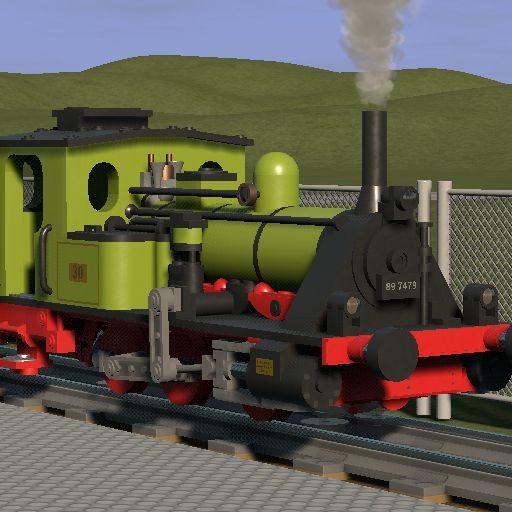

These are called studding sails, and are used with fair and light wind only. Attached to the respective yards of square-rigged ships are smaller spars, which can be extended, thus lengthening the yard, thus receiving an additional sailing wing on each side. On the foremast is a similar sail, called the trysail. Behind the main sail there is a small fore-and-aft sail called the spanker or boom mainsail (it is somewhat similar to the main sail of a schooner). īrig sails are named after the masts to which they are attached: the mainsail above that the main topsail above that the main topgallant sail and occasionally a very small sail, called the royal, is above that. To improve maneuverability, the mainmast carries a small ( gaff rigged) fore-and-aft sail. In sailing, a full-rigged brig is a vessel with two square rigged masts (fore and main). In the first half of the 19th century, the vast majority were rigged as brigs, and that rig was retained for longer in the northeast of England.

Other ports and coastal communities were also be served by colliers trading to Britain's coal ports.

With an average of eight or nine trips per year for one vessel, that is a fleet of over 500 colliers trading to London alone. 4,395 voyages to London with coal were recorded in 1795. In Royal Navy use, brigs were retained for training use when the battle fleets consisted almost entirely of iron-hulled steamships.īrigs were prominent in the coasting coal trade of British waters. In commercial use, they were gradually replaced by fore-and-aft rigged vessels such as schooners, as owners sought to reduce crew costs by having rigs that could be handled by fewer men. Brigs originated in the second half of the 18th century and were a common type of smaller merchant vessel or warship from then until the latter part of the 19th century. A small trading brig entering the Bristol Avon, painted by Joseph WalterĪ brig is a type of sailing vessel defined by its rig: two masts which are both square-rigged.


 0 kommentar(er)
0 kommentar(er)
